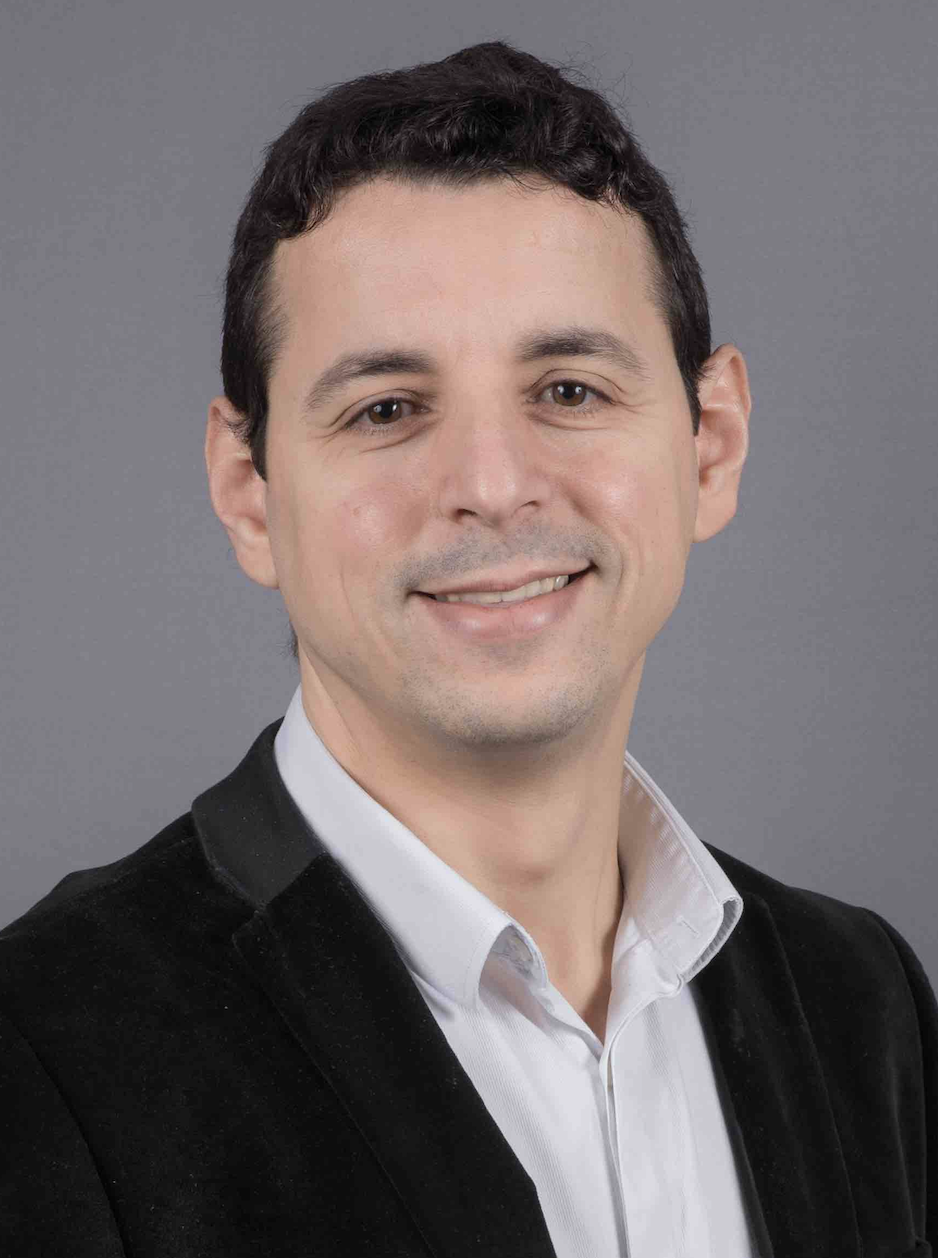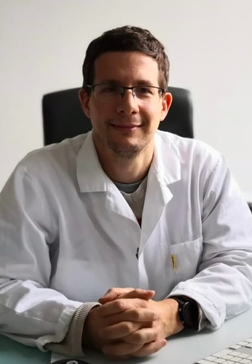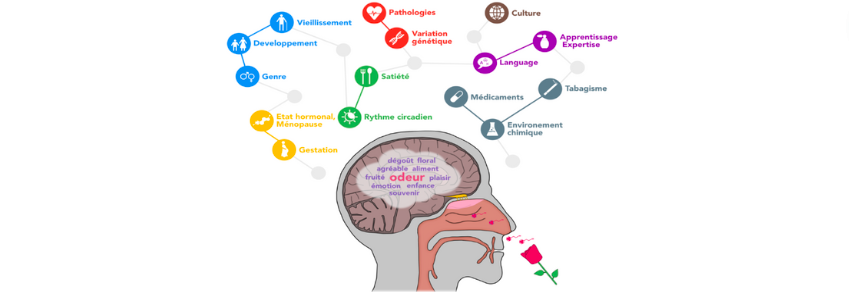Understanding olfactory pleasure through an interdisciplinary approach (CLIO)
Smells are important for our diet, our relationships with others and our psychological well-being. The sense of smell is characterized by interpersonal diversity, due to physiological, socio-cognitive and genetic factors. Although this variation is well identified by researchers and manufacturers, the influence of these factors on olfactory pleasure is still poorly understood. The CLIO study aims to gain a better understanding of how genetics on the one hand and physiological and socio-cognitive factors on the other contribute to the construction of olfactory pleasure.
This 3-year study, supported for its launch by the Per Fumum Endowment Fund, is being conducted jointly by Moustafa Bensafi, neuroscientist and director of research at the Lyon Neuroscience Research Centre (CNRS/ Inserm/ University of Lyon) and Denis Pierron, CNRS researcher at the Evolution and Oral Health Laboratory (Paul-Sabatier University Toulouse III).
For the second phase of the study, which will run for 12 months, the Per Fumum Endowment Fund is renewing its support in order to understand the physiological and cerebral reactions to contact with pleasant smells.
Faced with the difficulty of defining this olfactory and hedonic diversity, the scientific approaches have been mono-disciplinary: anthropology, psychology, neurophysiology, genetics and molecular biology of receptors. Efforts have been made to combine these disciplines two by two, but rarely – if ever – have genetics, neuroscience and psychology been integrated into a single approach. The accumulation of mono-disciplinary results cannot replace an integrated approach that could reduce the heterogeneity of these partial results and thus offer a more complete view of the whole.
This 2nd part of the project therefore seeks to link genetic, physiological and perceptual variables with brain activity (measured by electroencephalography), in order to gain a better understanding of how these factors contribute to the cerebral representation of olfactory pleasure in humans (experimentation on 300 subjects).

Director of Research at the Lyon Neuroscience Research Centre
Moustafa BENSAFI
Moustafa Bensafi is Director of Research at the Lyon Neuroscience Research Centre (CNRS/Inserm/University of Lyon).
In 2008 he received the bronze medal of the CNRS and was awarded the Moskowitz Jacobs Inc. Award for Research Excellence in the Psychophysics of Taste and Smell.
He is the author of more than 100 scientific publications and a book on the Brain and Smell. His current work focuses on the brain function of the sense of smell and olfactory deficits in humans.

CNRS researcher at the Laboratoire Évolution et Santé Orale (Université Paul-Sabatier Toulouse III)
Denis PIERRON
With a PhD in biological anthropology, Denis Pierron has been studying the diversity of human populations for 15 years.
During his PhD, he explored the genetic diversity of the French population, and continued his research during his post-doc (2009-2011) at Wayne-State University in Michigan. It was during this period in the US that he became interested in the genetic coding of human olfactory receptors.
Since this period and his entry into the CNRS, he has sought to better understand the importance and role of genetic diversity in the perception of tastes and odours in populations around the world. He is the author of about fifty scientific publications.
